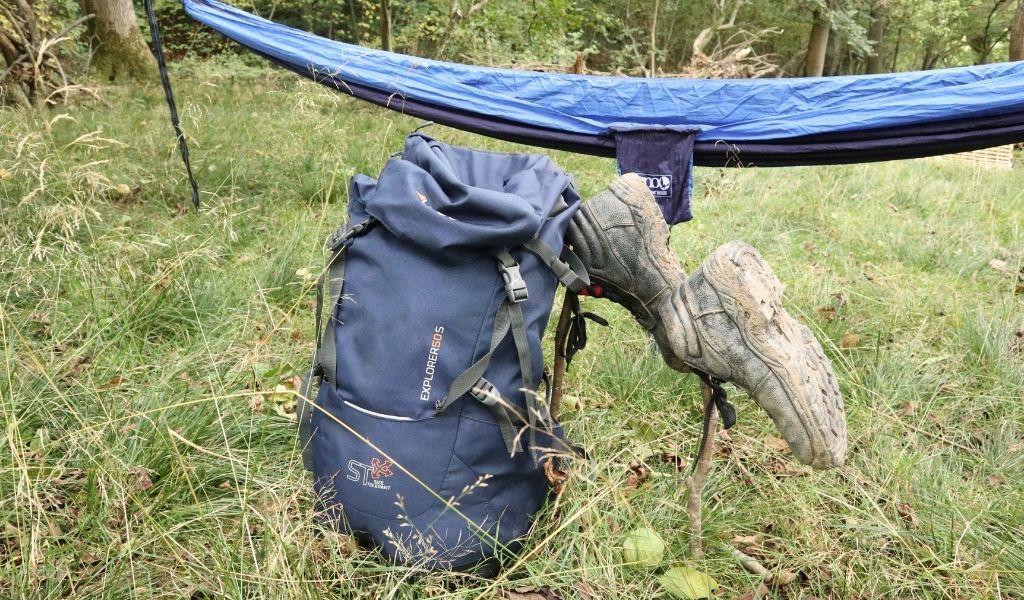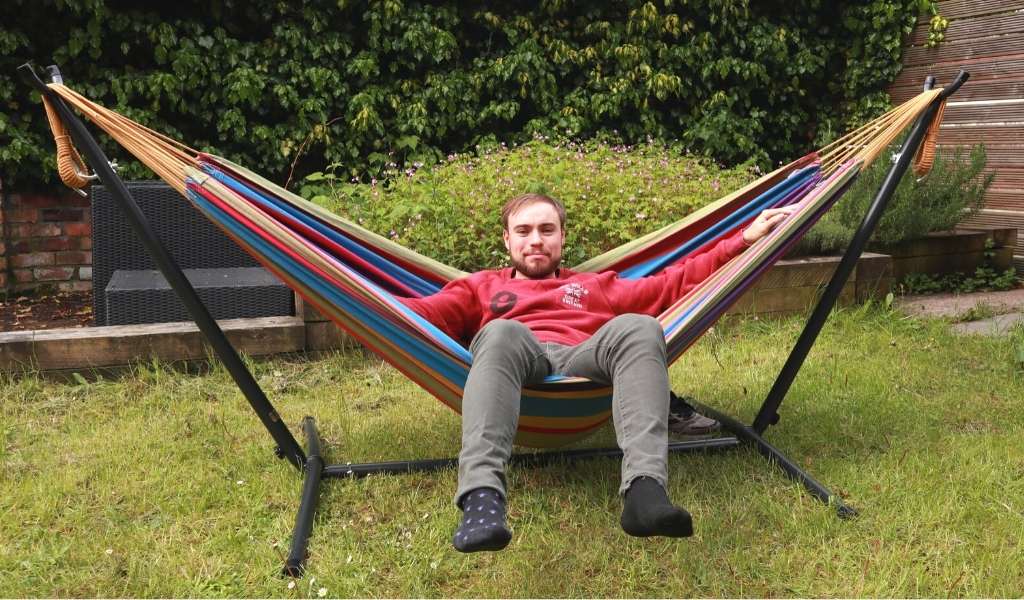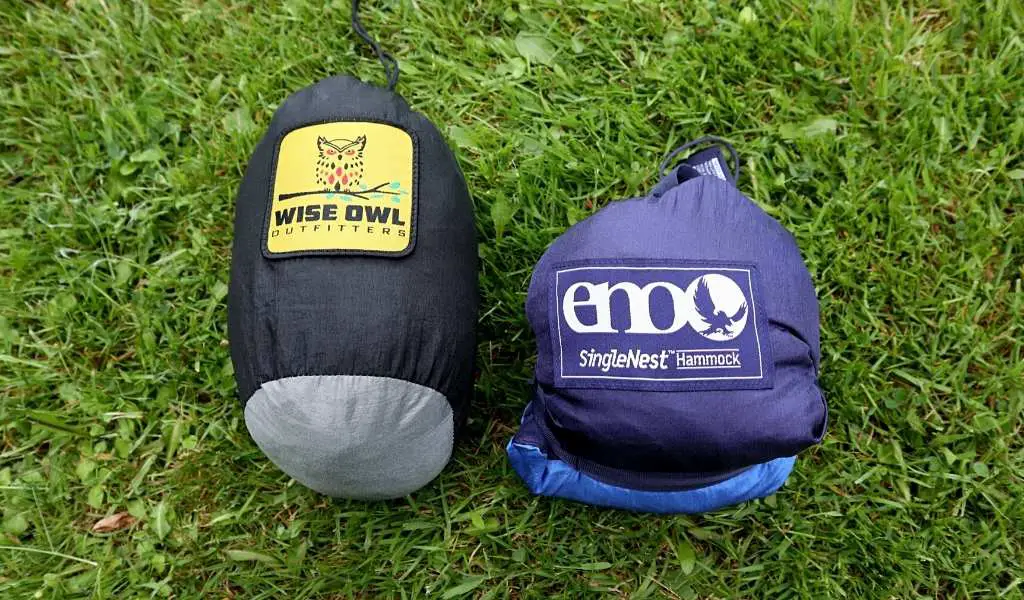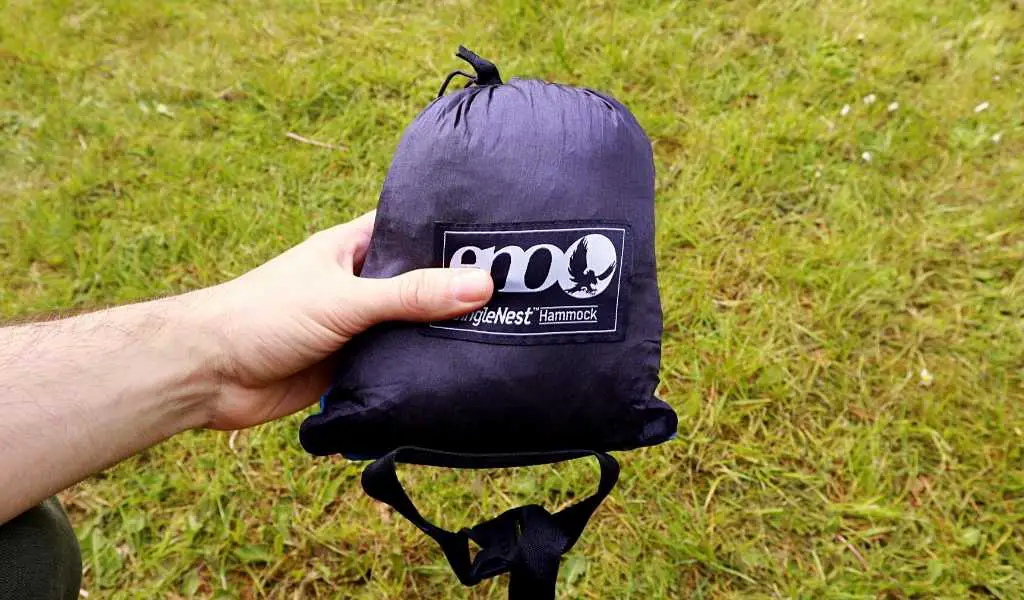Everything You Need to know about Hammocks.
I share my favourite hammocks, plus helpful guides to hammock life on the road or at home.

“Thanks for stopping by! I’m Kieren, a hammock enthusiast to say the least. I created That Hammock Life to share my knowledge and passion for all things hammock-related and hopefully create a community of fellow enthusiasts along the way.” – Kieren, Site Founder
Latest Posts
Camping in a hammock gives you a lot more freedom about where to set it up without worrying about finding …
In this article I’ll be reviewing one of the most popular hammock and stand combos currently on the market, the …
Eagles Nest Outfitters (known as ENO) and Wise Owl Outfitters are two very popular camping hammock brands, but which is …
Eagles Nest Outfitters (ENO) are one of the most popular hammock brands for amateur hammock campers like myself, but do …
If you’re heading out camping with a partner and opting for a hammock instead of a tent, chances are you’ll …
At a first glance, hammocks might seem indistinguishable, but as you explore the options available, you’ll discover a whole world …






